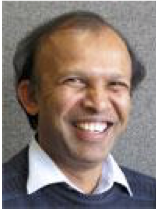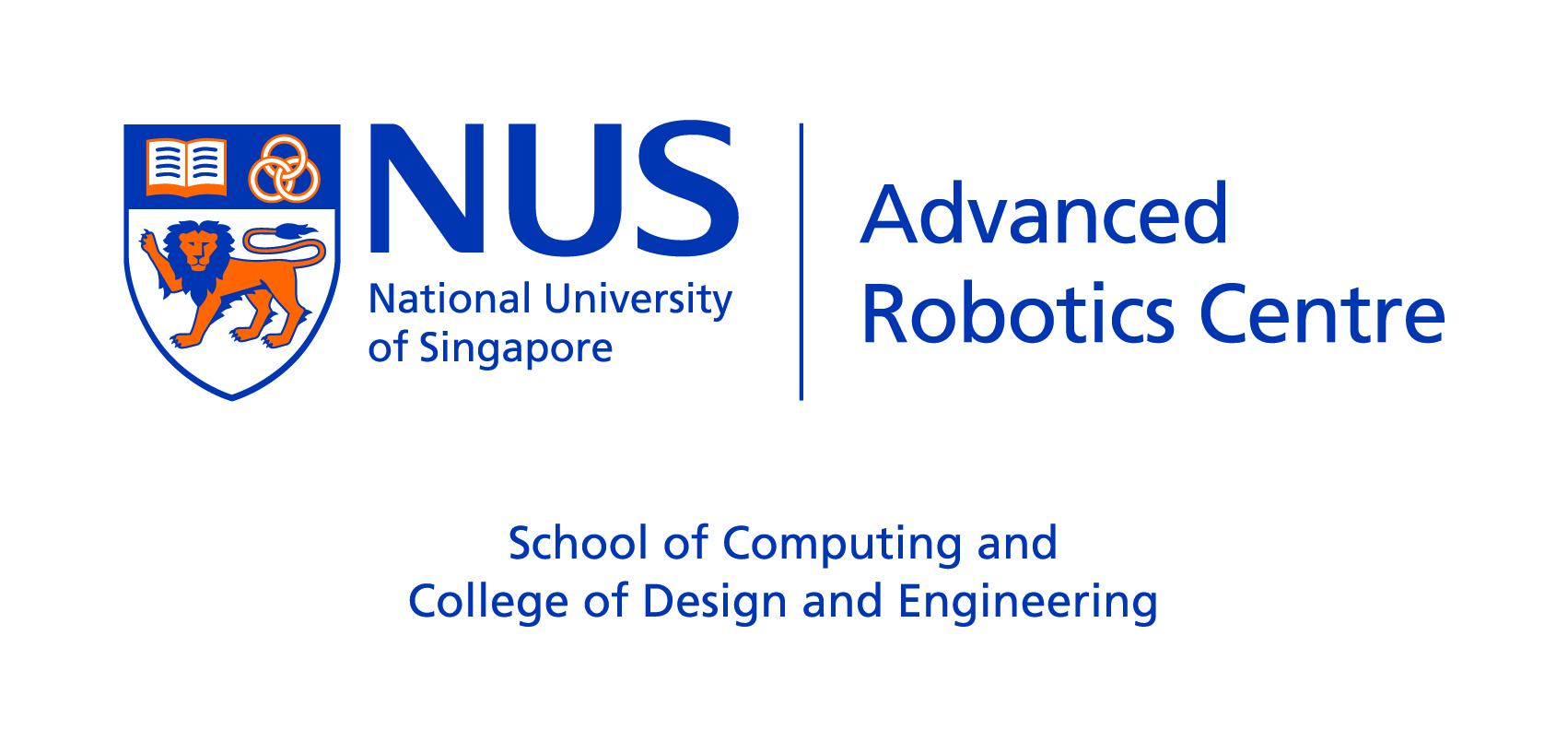Simultaneous Localisation and Mapping: A Fifteen Year Journey
Seminar Details

| Speaker | Gamini Dissanayake | |
| Date & Time | 3 September, 2015 @ 12:00 pm to 1:30 pm | |
| Venue | NUS Faculty of Engineering Blk EA, Level 6, EA-06-03 |
Summary
Robot navigation in unknown environments, particularly when an external location reference such as a global positioning system (GPS) is not available, requires the robot to be able to build a map of the environment in real-time and simultaneously estimate its own location within the map. Robust solutions to the “Simultaneous Localization and Mapping (SLAM)” problem, therefore, underpin successful robot deployment in many application domains such as urban search and rescue, underground mining, underwater surveillance, and planetary exploration. The SLAM problem has revealed many surprises since the first “solutions” emerged in the late ’90s. This talk will chronicle my journey in looking for solutions to SLAM through extended Kalman filters, information filters, non-linear optimizers, graph theory, and most recently linear least-squares. The talk will also present an overview of the activities of the UTS: Centre for Autonomous Systems that currently consists of 55 staff and students working in various aspects of robotics.
Abstract
Robot navigation in unknown environments, particularly when an external location reference such as a global positioning system (GPS) is not available, requires the robot to be able to build a map of the environment in real-time and simultaneously estimate its own location within the map. Robust solutions to the “Simultaneous Localization and Mapping (SLAM)” problem, therefore, underpin successful robot deployment in many application domains such as urban search and rescue, underground mining, underwater surveillance, and planetary exploration. The SLAM problem has revealed many surprises since the first “solutions” emerged in the late ’90s. This talk will chronicle my journey in looking for solutions to SLAM through extended Kalman filters, information filters, non-linear optimizers, graph theory, and most recently linear least-squares. The talk will also present an overview of the activities of the UTS: Centre for Autonomous Systems that currently consists of 55 staff and students working in various aspects of robotics.
Back to Seminars & Colloquiums
